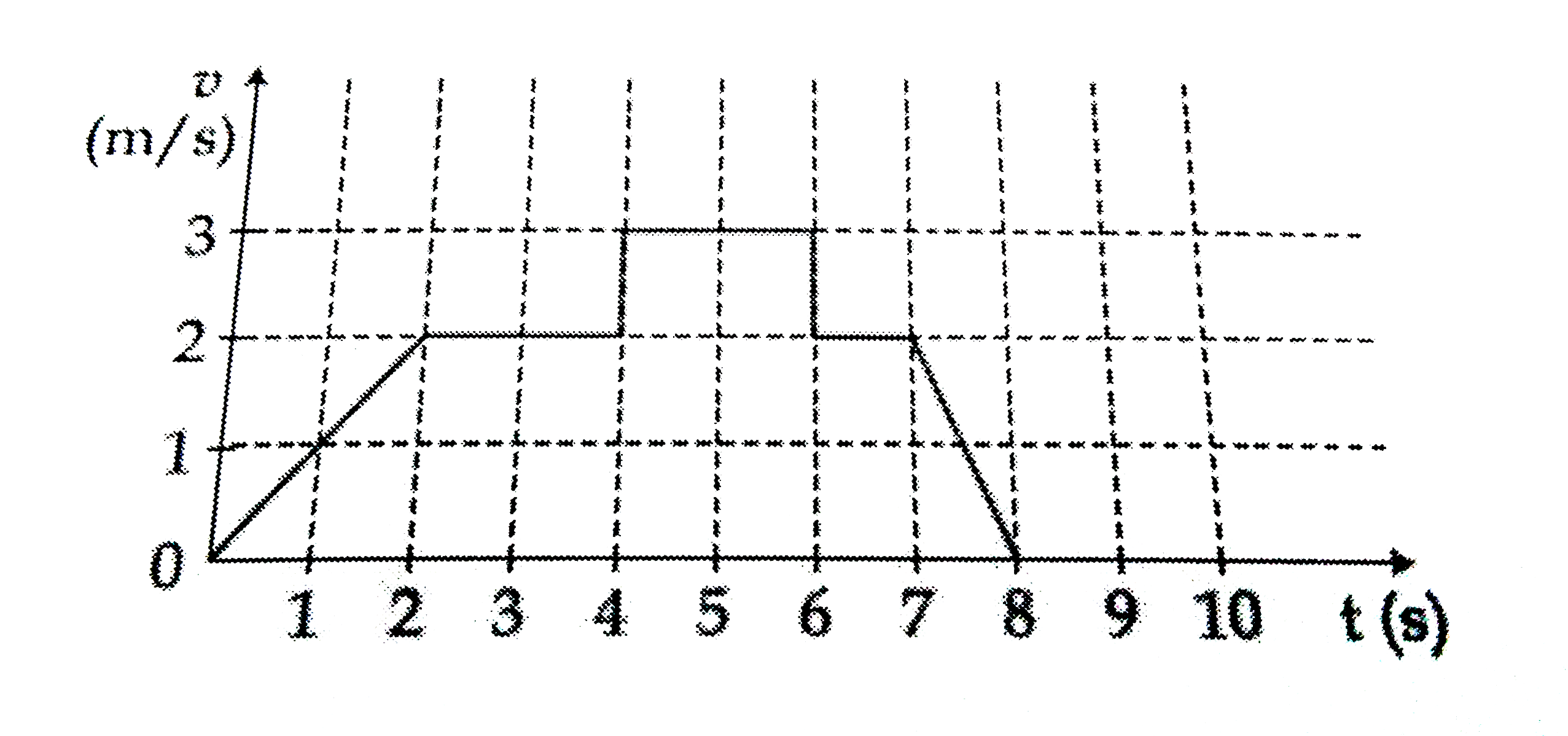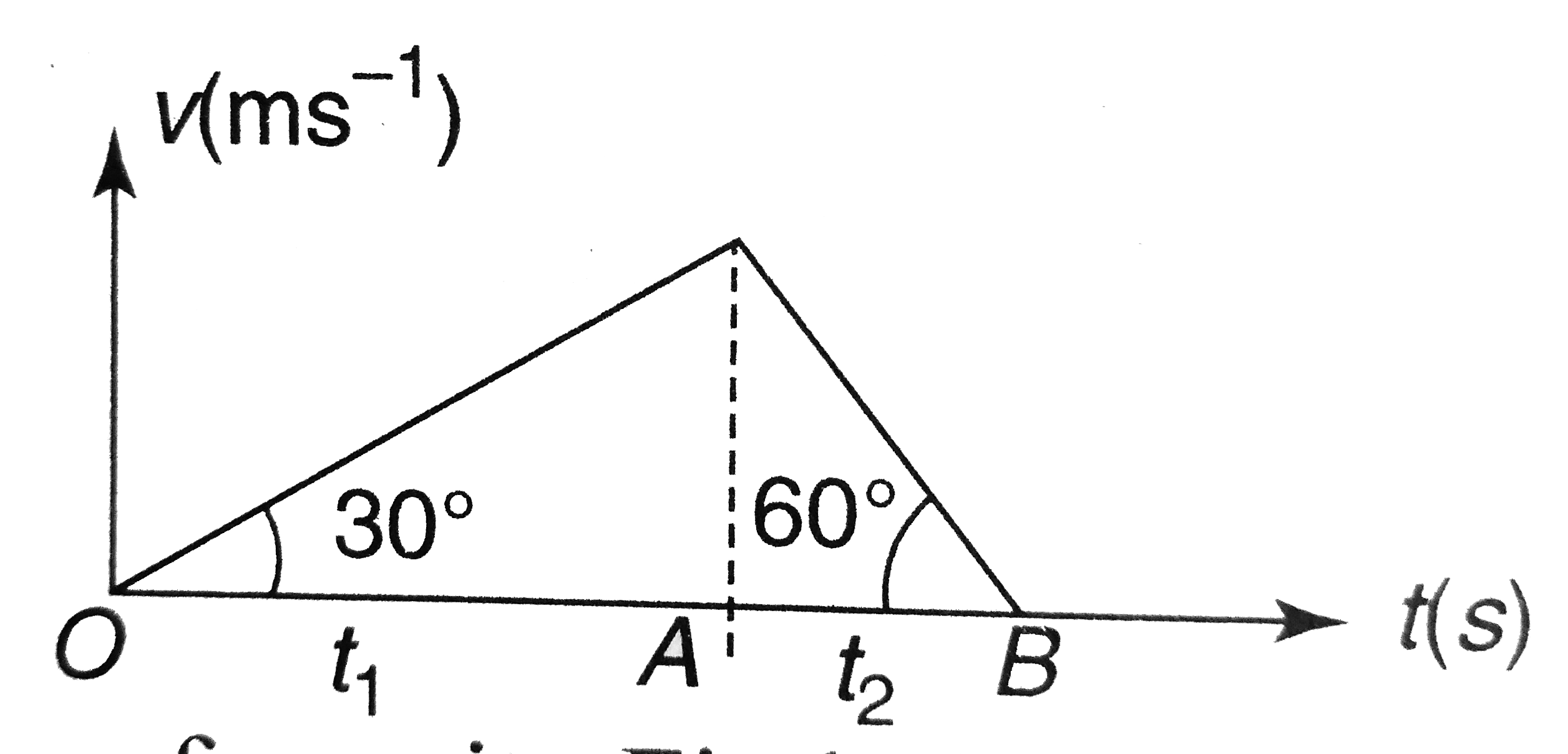A photosensitive material is at 9m to the left of the origin and the source of light is at 7 m to the right of the origin along x-axis. The photosensitive material and the source of light start from rest and move, respectively, with 8ˆims−1 and 4ˆims−1. The ratio of intensities at t=0 to t−3s as received by the photosensitive material
16:1
1:16
2:7
7:2
The correct Answer is:B

The separation between source and photosensitive material at t=0 is 16m. Therefore intensity received by photosensitive material at t=0 is I0=P(4π×162), where P is the power of source of light
At t=3 s , the source is at (15,0) and detector is at (19.0), so the separation between themis 4m.
I2=P4π×42
so, I1I2=116
Topper's Solved these Questions
- PHOTOELECTRIC EFFECTBOOK - CENGAGE PHYSICSCHAPTER - PHOTOELECTRIC EFFECTEXERCISE - Multiple Correct
10 Videos
- PHOTOELECTRIC EFFECTBOOK - CENGAGE PHYSICSCHAPTER - PHOTOELECTRIC EFFECTEXERCISE - Linked Comprehension
44 Videos
- PHOTOELECTRIC EFFECTBOOK - CENGAGE PHYSICSCHAPTER - PHOTOELECTRIC EFFECTEXERCISE - Subjective
16 Videos
- NUCLEIBOOK - CENGAGE PHYSICSCHAPTER - NUCLEIEXERCISE - QUESTION BANK
59 Videos
- RAY OPTICSBOOK - CENGAGE PHYSICSCHAPTER - RAY OPTICSEXERCISE - DPP 1.6
12 Videos
Similar Questions
A particle starts from the origin at time t = 0 and moves along the positive x-axis. The graph of velocity with respect to time is shown in figure. What is the position of the particle at time t = 5s ?

View SolutionA body starts from the origin with an acceleration of 6ms−1 along the x - axis and 8ms−1 along the y - axis. Find its distance from the origin after 4s.
View Solution
Knowledge Check
Two particles move along x-axis in the same direction with uniform velocities 8m/s and 4m/s. Initially the first particle is 21 m to the left of the origin and the second one is 7 m to the right of the origin. The two particles meet from the origin at a distance of
A35 mB32 mC28 mD56 mIf the work functions of three photosensitive materials are 1 eV, 2 eV and 3 eV respectively, then the ratio of the respective frequencies of light that produce photoelectrons of the maximum kinetic energy of 1 eV from each of them is
A1:2:3B2:3:4C1:1:1D3:2:1For certain photosensitive material, a stopping potential of 3.0V is required for light of wavelength 300nm, 2.0V for 400nm and 1.0V for 600nm. The work function of the material is (nearly)
A2.5eVB1.5eVC2.0eVD1.0eV
Velocity v of a particle moving along x axis as a function of time is given by v=2tm/s. Initially the particle is to the right of the origin and 2m away from it. Find the position (distance from origin) of the particle after first 3s.

View SolutionA body starts from origin and moves along x - axis so that its position at any instant is x=4t2−12t where t is in second and v in m/s. What is the acceleration of particle?
View SolutionA number of particles each of mass 0.75kg are placed at distances 1m, 2m, 4m, 8m etc. from origin along positive X axis. the intensity of gravitational field at the origin will be -
View SolutionA point initially at rest moves along x-axis. Its acceleration varies with time as a=(6t+5)m/s2. If it starts from origin, the distance covered in 2 s is:
View SolutionA mirror and source of light are situated at the origin O and a point on OX respectively. A ray of light from the source strikes the mirror and is reflected. If the DRs of the normal to the plane of mirror are 1,−1,1, then DCs for the reflacted ray are :
View Solution
